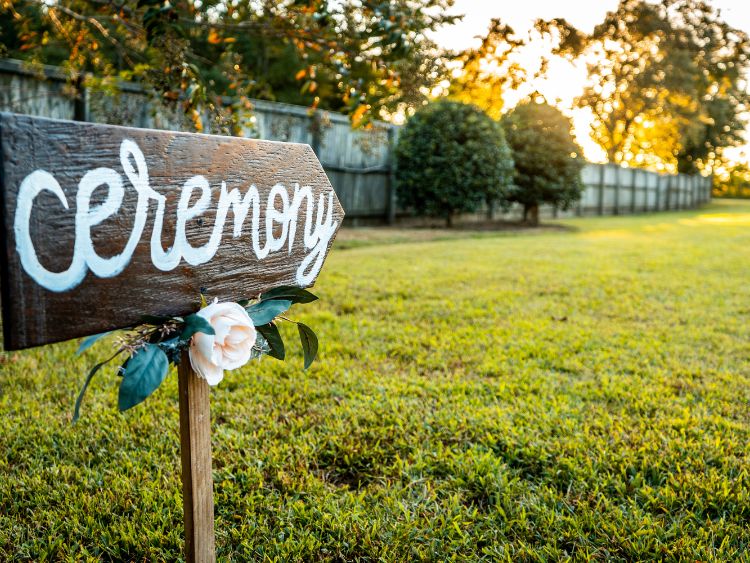When it comes to making a statement, nothing speaks louder than a well-tailored suit. Men’s formal attire has evolved over the years, but it remains a timeless way to showcase elegance and professionalism. Whether you’re attending a wedding, corporate event, or a black-tie gala, knowing how to dress for the occasion is key. This guide will walk you through everything you need to know about men’s formal attire—from suits to accessories—to ensure you always look your best.
Introduction: The Art of Dressing for Success
In a world where first impressions count, formal attire is your ticket to making a lasting impact. Have you ever walked into a room and felt the quiet confidence that comes with wearing the perfect outfit? That’s the power of men’s formal wear. It’s not just about looking good; it’s about feeling good and exuding confidence.
But formal dressing isn’t a one-size-fits-all solution. What works for a business meeting might not cut it for a black-tie event. So, how do you navigate the often confusing world of men’s formal attire? Let’s dive into the key components and break it down step-by-step.
Understanding the Basics of Men’s Formal Attire
Men’s formal attire is more than just a suit and tie. It encompasses various types of dress codes, each suited to different occasions. Let’s explore the most common ones.
1. Business Formal
If you’ve ever been to an important meeting or a corporate event, you know what business formal looks like. It’s the type of attire that says, “I mean business.” For this look, a dark suit (usually navy, black, or charcoal) paired with a crisp white shirt and a silk tie is the go-to combination.
- Suit: Opt for a tailored suit in dark shades.
- Shirt: A white or light blue dress shirt will keep things professional.
- Tie: Solid or subtle patterned ties are ideal.
- Shoes: Polished leather oxfords are your best bet.
2. Semi-Formal
The semi-formal dress code allows for a bit more freedom but still requires you to keep it sharp. You might attend a wedding or a dinner party where this attire is appropriate. A lighter-colored suit, like gray or tan, can be worn, and you can have a little fun with your tie and pocket square.
- Suit: Lighter shades like gray or beige.
- Shirt: Stick to pastels or white for a fresh look.
- Tie: Feel free to experiment with patterns.
- Shoes: Brown or black leather shoes will work.
3. Black-Tie
Reserved for the most formal of occasions, black-tie events require you to pull out all the stops. A tuxedo, complete with a bow tie and shiny black shoes, is the uniform of choice. Whether it’s a gala or an evening wedding, black-tie attire ensures you’re dressed to impress.
- Tuxedo: Black or midnight blue tuxedo with satin lapels.
- Shirt: A white tuxedo shirt with a wingtip collar.
- Bow Tie: Black silk or satin.
- Shoes: Patent leather shoes add the final touch.
4. White-Tie
The pinnacle of formal attire, white-tie events are rare but require the highest level of dress. Think royal banquets or state dinners. Men’s formal attire for white-tie events is all about precision and elegance.
- Tailcoat: A black tailcoat with silk accents.
- Trousers: High-waisted trousers with satin stripes.
- Shirt: A white wing-collar shirt with a stiff front.
- Bow Tie: White, of course!
- Shoes: Patent leather, naturally.
Key Components of Men’s Formal Attire
Now that we’ve covered the types of formal wear, let’s break down the essential pieces every man should have in his wardrobe. Each component plays a crucial role in pulling off the perfect look.
The Suit
The foundation of any formal outfit, a suit should be well-fitted to your body. Don’t settle for off-the-rack if it doesn’t fit right. Tailoring can make all the difference. Aim for classic colors like navy, charcoal, and black, but don’t be afraid to step out with lighter hues for daytime events.
The Shirt
Your dress shirt is equally important. Crisp, clean, and well-pressed, it should complement the suit without overpowering it. Stick to traditional colors like white or light blue, and ensure the collar fits well around your neck.
The Tie
A tie is where you can express a bit of personality. Whether it’s a silk tie for business formal or a bow tie for black-tie events, make sure it complements your suit and shirt. Avoid overly flashy patterns unless the event calls for a bit of fun.
Shoes
Never underestimate the power of polished shoes. For formal events, black leather oxfords or loafers are your best bet. Brown shoes can work with lighter suits, but make sure they are equally polished.
Accessories
Accessories are the final touch that elevates your outfit from good to great. Consider a pocket square, cufflinks, and a high-quality belt. For black-tie events, a waistcoat or cummerbund adds that extra layer of formality.
Tips for Choosing the Right Formal Attire
Choosing the right men’s formal attire doesn’t have to be daunting. Here are some quick tips to make the process smoother:
- Know the dress code: Always clarify what the dress code is before attending an event.
- Get fitted: A tailored suit is always worth the investment.
- Stick to classic colors: Black, navy, and charcoal are your safest bets.
- Accessorize smartly: Less is more when it comes to accessories.
FAQs About Men’s Formal Attire
1. What is the difference between a suit and a tuxedo?
A tuxedo is considered more formal than a suit, often distinguished by satin lapels and details. Tuxedos are typically worn for black-tie events, while suits can be worn in a variety of formal settings.
2. Can I wear a colored suit to a formal event?
Yes, but it depends on the dress code. For business formal, stick to darker shades like navy and charcoal. For semi-formal events, you can experiment with lighter colors like gray or even bold patterns.
3. Do I need to wear a tie?
In most formal settings, yes. A tie or bow tie adds a polished look and is often required. However, for some semi-formal events, you can get away without one, but it’s best to err on the side of caution.
4. What shoes should I wear with my suit?
For business and black-tie formal wear, polished black leather oxfords are a must. You can opt for brown shoes with lighter suits in semi-formal settings.
5. How do I care for my formal attire?
Always dry-clean your suits and tuxedos. Hang them properly to maintain their shape and invest in garment bags to keep them protected from dust.
Conclusion: Dress for the Occasion, Always
Whether you’re dressing for a business meeting, a wedding, or a gala, mastering men’s formal attire is all about understanding the event’s dress code and tailoring your look accordingly. A well-fitted suit or tuxedo paired with the right accessories can boost your confidence and leave a lasting impression.
Authoritative Links:
- www.gq.com/style/formal-attire-guide
- www.brooksbrothers.com/formalwear
- www.realmenrealstyle.com/mens-formal-attire
By following these guidelines and staying true to classic styles, you’ll always look your best, no matter the occasion.





